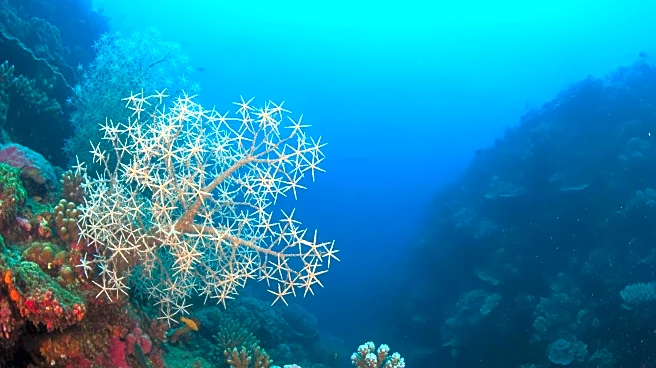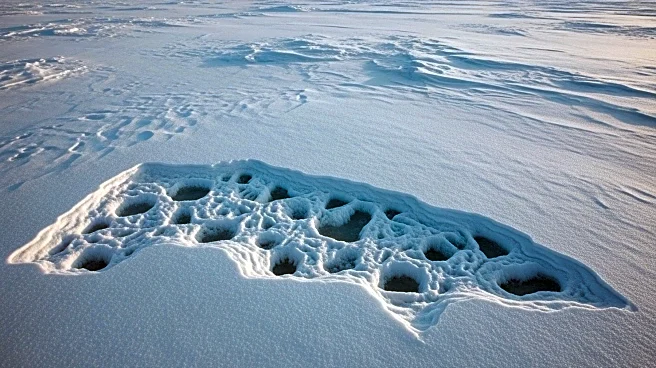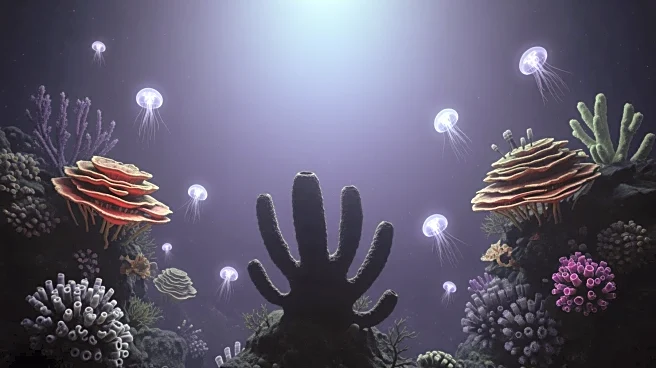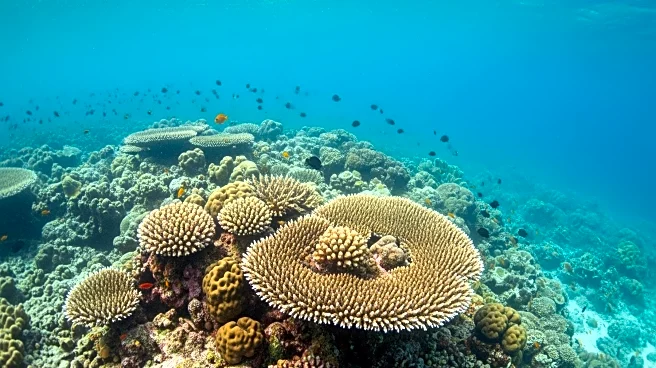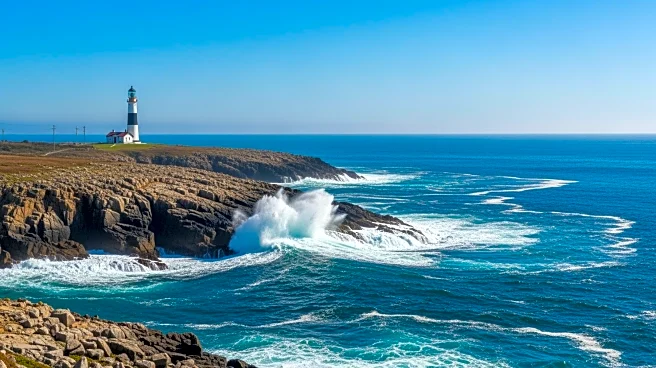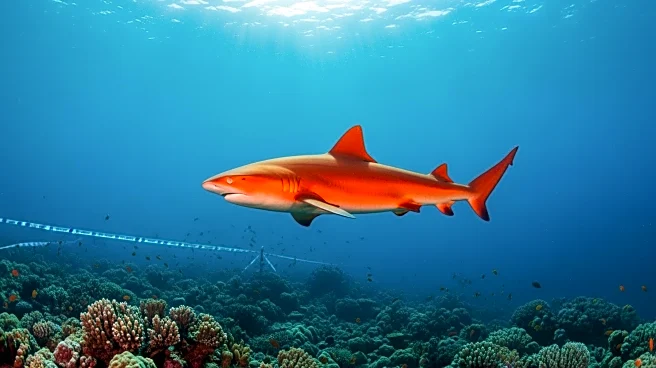What's Happening?
A comprehensive study published in Nature has revealed that deep-sea brittle stars are more globally connected than previously thought. Researchers from 19 institutions, including Earth Sciences New Zealand, analyzed DNA from over 2,500 samples collected
from various depths and locations worldwide. The study mapped the global distribution and evolutionary relationships of brittle stars, showing that these deep-sea organisms have expanded their ranges over millions of years due to stable environments and long-lived larvae. This connectivity spans from Iceland to Tasmania, challenging the notion of the deep sea as isolated and highlighting its role as a connected superhighway for marine life.
Why It's Important?
The findings underscore the importance of understanding deep-sea biodiversity, especially as threats from deep-sea mining and climate change increase. The study suggests that deep-sea communities are more closely related across regions than their shallow-water counterparts, which could have implications for conservation efforts. Recognizing the global links between marine species is crucial for planning and protecting biodiversity. The research provides a new perspective on the resilience and connectivity of deep-sea ecosystems, which are vital for maintaining ecological balance and supporting marine life.
What's Next?
The study calls for incorporating these global connections into marine conservation planning. As human activities like mining pose threats to deep-sea environments, understanding the distribution and movement of marine life is essential for developing effective protection strategies. Researchers emphasize the need for further studies to explore the impact of environmental changes on these connected ecosystems and to ensure their preservation.
Beyond the Headlines
The study highlights the paradox of the deep sea being highly connected yet incredibly fragile. This new understanding of deep-sea biodiversity could lead to more informed decisions regarding environmental policies and conservation strategies. The research also opens avenues for exploring how historical ocean currents and temperature patterns have shaped marine life distribution over time.
